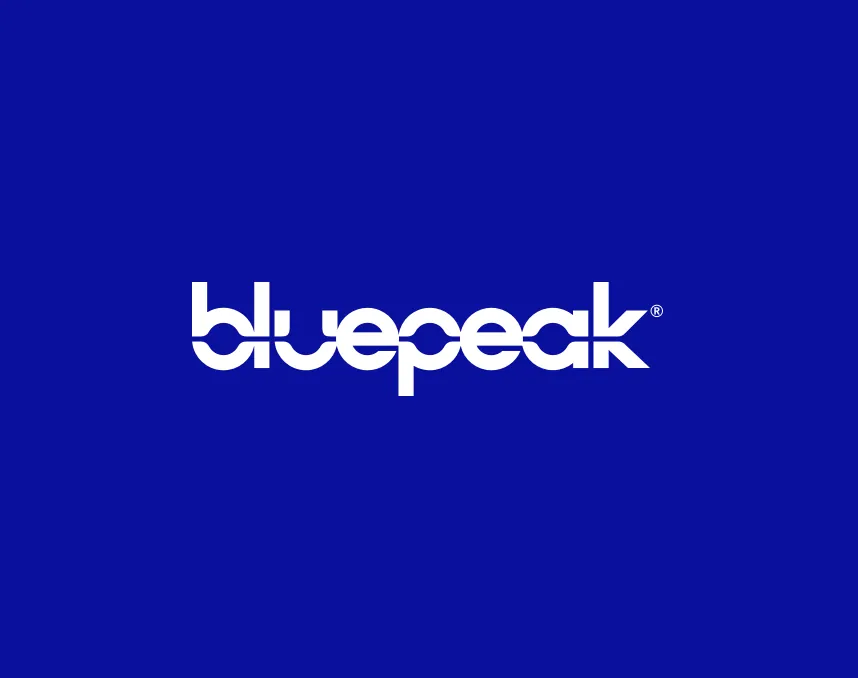Protecting your business’s digital assets isn’t a job responsibility exclusive to IT professionals. All employees play a part in cybersecurity. With threats on the rise thanks to generative AI’s ability to create more sophisticated attacks, it’s essential to know what you’re facing and how to keep your business data safe. Learn about the top cyberthreats your business may encounter this year, check out our five tips for safeguarding your proprietary digital information, and see how Bluepeak Business solutions can help.
A 2024 Wall Street Journal survey of compliance professionals found that nine out of 10 companies — and almost all midsized companies contacted — said they felt cyberthreats increased in the last year. In fact, cybersecurity topped their list of rising risk factors, beating out regulatory, digitization, and privacy. The FBI recently reported that US citizens lost $12.5 billion (USD) to cybercrime in 2023. Two of the main culprits? Business email compromise and ransomware attacks.
Business Email Compromise
A business email compromise is an attack encompassing some threats you’re likely familiar with: phishing, spoofing, impersonation, and fake invoices. Cybercriminals specifically target businesses and their employees, sending counterfeit phishing emails that seem to be from someone with authority in the company. They may include language that invokes fear, urgency, curiosity, or other feelings that sway the recipient to share access, money, or sensitive data. Attackers can use the information they obtain to access to the organization’s IT infrastructure.
With generative AI at their fingertips, cybercriminals can create more convincing phishing emails and even write sophisticated code that can generate — and spread — malware like ransomware.
Ransomware Attacks
Typically spread through email attachments, software and system vulnerabilities, and compromised websites, ransomware attacks involve cybercriminals gaining access to files, systems, or servers and making them unusable until they get paid a ransom. Cybersecurity Ventures predicts that ransomware will cost victims $265 billion (USD) annually by 2031.
Other network-level cyberthreats to watch out for include Distributed Denial-of-Service (DDoS) and Man-in-the-Middle (MitM) attacks.
DDoS
In a DDoS attack, cybercriminals use a network of compromised devices (a botnet) to overwhelm a website, server, or online service with unwanted internet traffic, causing crashes and expensive downtime.
MitM
MitM attacks allow cybercriminals to steal or alter login information, credit card details, and other sensitive business information. In a MitM attack, hackers intercept and potentially modify information exchanged between users and websites or servers by exploiting unencrypted networks, setting up fake Wi-Fi hotspots, using DNS spoofing to redirect traffic to fake webpages and leveraging ARP spoofing to send data to the attacker’s device.
1. Educate Your Employees
Helping your employees understand the risks they face should be one of your top priorities. Simply clicking the wrong email link can subject your business to a costly data breach or lead to an operations shutdown. Building a culture of security awareness and training employees to identify common phishing tactics and stay vigilant is vital.
2. Secure Your Network and Devices
To keep your network and devices secure, follow established best practices:
Use Firewalls
A firewall examines your incoming and outgoing data and allows or blocks traffic to your network depending on your security rules. It can protect you from suspicious activity and malware.
Connect to an Encrypted Wi-Fi Network
Implementing secure WPA2 encryption with a complex password and hiding your Wi-Fi network name—or service set identified (SSID)—can protect your network from unauthorized access.
Offer Guest Wi-Fi
If your business offers Wi-Fi to guests, vendors, or partners, create a guest network to isolate their traffic from your business network so they don’t gain access to sensitive information.
Control Permissions Access
Only allow authorized users to access your network resources. Similarly, consider limiting employees’ ability to install software on their devices and be aware of what programs they use for their job duties.
Manage Mobile Device Security
Employees working remotely or in the field are likely using their mobile devices to conduct business or connect to your organization’s network. Ensure they install appropriate security apps, password-protect their device, and activate data encryption.
3. Use Strong Password Protection
Maintain safe password policies that include multi-factor authentication (MFA), which requires additional login criteria. Then, require employees to change their passwords regularly and check with your vendors to see if they offer MFA for your accounts.
4. Keep Your Software Current
Out-of-date software can leave your business vulnerable to cyberattacks. Ensure that your systems and security software update automatically or include regular monitoring for updates in your security processes.
5. Regularly Back up Your Data
With data backups — both cloud-based and local — you can quickly recover your critical business information in the event of a breach or outage, minimizing downtime and avoiding the costs, time, and complex issues that come with data loss.
Understanding the steps you can take to protect your business from cyberthreats is important, but having a solid network infrastructure in place is the key to your continued success. And that starts with how you connect to the internet.
Consider a fiber internet solution if it’s available in your area. Fiber-optic cables use light signals to transmit data, allowing for higher bandwidth than other connections. You get faster speeds and increased reliability for uninterrupted security monitoring and software updates. And you can scale your network security measures as your business grows.
Depending on your provider, you can also expect other enhanced security measures. Bluepeak Business Fiber Internet operates over our privately owned fiber-optic network, so you know your data and voice information are safe and secure.
Companies that use our Business Fiber Internet can also benefit from our included end-to-end Wi-Fi solution, eero for Business, which combines mesh Wi-Fi hardware with intuitive business software. It not only keeps your devices seamlessly connected throughout your business location and includes a backup hotspot, but it also offers guest networks, automatic updates, and features tailored to your business — and you can use it without needing an IT professional onsite or on staff. You can also opt for a security subscription that protects your devices from online threats, ads, and content that you, or your customers and guests, don’t want to see.
For more information about how Bluepeak Business solutions can help you safeguard your business from cyberthreats, visit mybluepeak.com.





